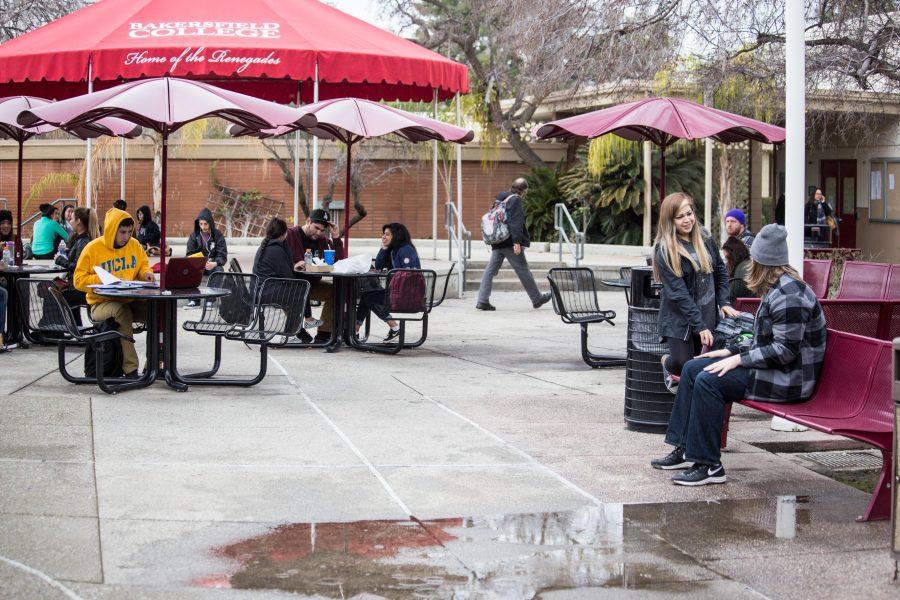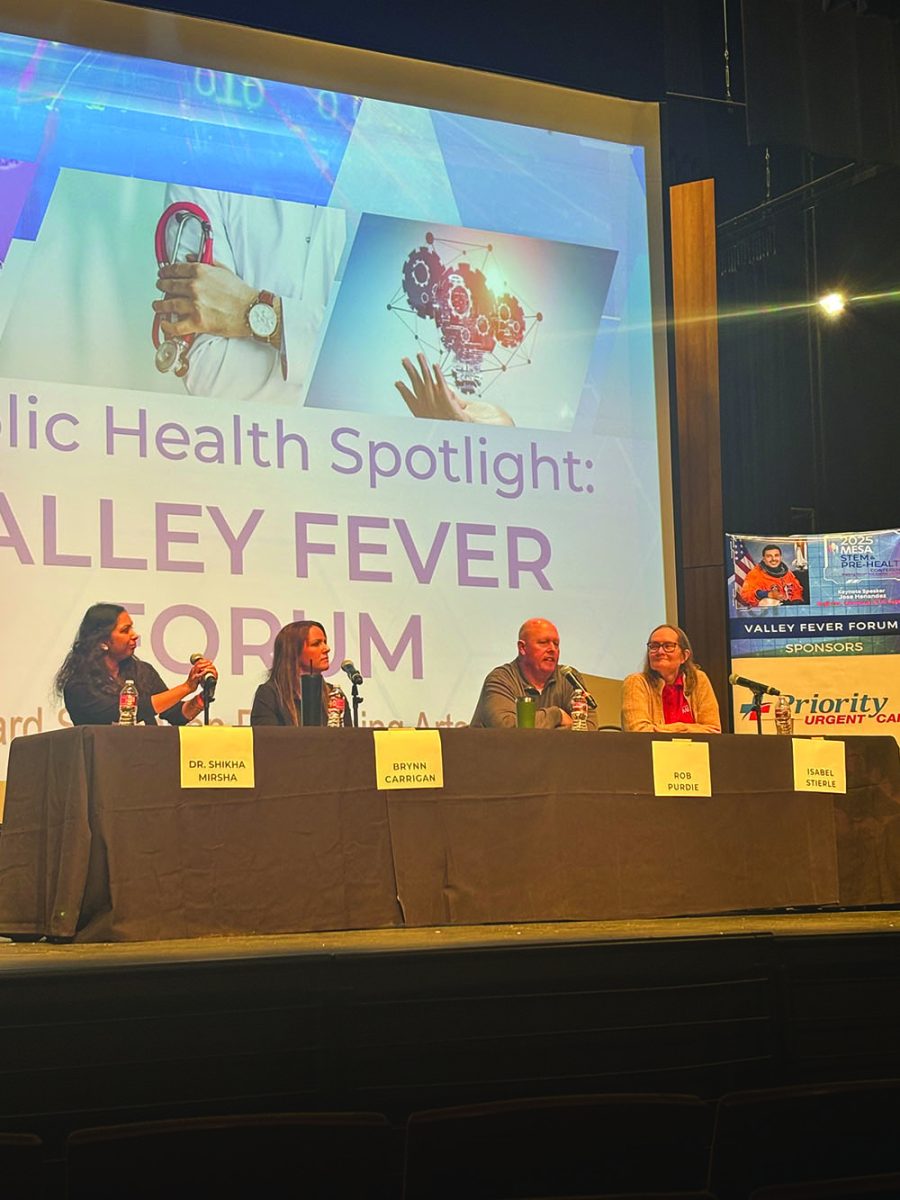Drought relieved by rain, but not beaten
February 1, 2017
According to a recent data poll from the U.S. Drought Monitor, 38 percent of the state of California is no longer in a drought, the largest margin the state has seen in over three years.
While that is a step in the right direction for the state as a whole, here locally, Bakersfield still remains listed as D-3, or extreme drought. The Drought Monitor focuses on broad-scale conditions throughout California, rating the intensity and severity of the drought in areas statewide using the following scale: D0-Abnormally Dry, D1-Moderate Drought, D2Severe Drought, D3-Extreme Drought, and D4-Exceptional Drought.
On Oct. 11, 2016 the Monitor reported zero percent of the state was drought-free, and furthermore that 42.8 percent of the state was classified as extreme drought. At this time, Bakersfield was listed as D-4, exceptional drought. As of Jan. 24, 2017, only 2.16 percent of the state is listed as D-3, extreme drought.
The data shows that for the first time since January of 2014, zero percent of the state is in D4-exceptional drought. This includes Bakersfield, which is now listed as D-3.
In January of 2014 and 2015, Bakersfield received a combined 0.81 inches of rain according to the U.S. Climate Data’s numbers. In January of 2016, Bakersfield received 1.95 inches, double what the city received the previous two years combined.
2017 saw those numbers increase exponentially, as Bakersfield received 2.76 inches of rainfall in 24 days, 1.62 inches more than the average for January.
Despite the record year, Lindsay Ono, an Environmental Horticulture and Agriculture professor at Bakersfield College believes Kern County and Bakersfield are not completely in the clear.
“Our biggest challenge is that we’re not out of the woods yet. Because we’ve been in an extreme situation, we have not been able to replenish or recover. It’s going to take us a lot longer to get out of the drought, especially in our areas because Central California is not the hub of the rainfall,” Ono said. Ono said the rainfall California has received this past winter is not because of El Niño, like many scientists and people speculated, but because of another weather pattern.
“Definitely not an El Niño. Right now they’re saying we’re in a weak El Niña. It’s a matter of the weather conditions in the oceans, so the temperatures we see. As a result, we will generally see a bit wetter conditions.
“We’re actually at the beginning of our rain season, so the majority of our rains come in January, February and March. So after that point, in some of our El Niño years we’ve actually gone all the way into May. If it does occur in that fashion, we might get lucky and see where the rain prolongs throughout the spring time. It would be tough on our farmers, but good for our water climate,” Ono said.
Ono explained that even though Northern California may be mostly out of the drought, Kern County and Bakersfield are not, and are still being listed by the Monitor as one of the last areas in California to be in D-3 extreme drought. As a result, Ono said not to expect any changes to local water rules and regulations for the time being.






